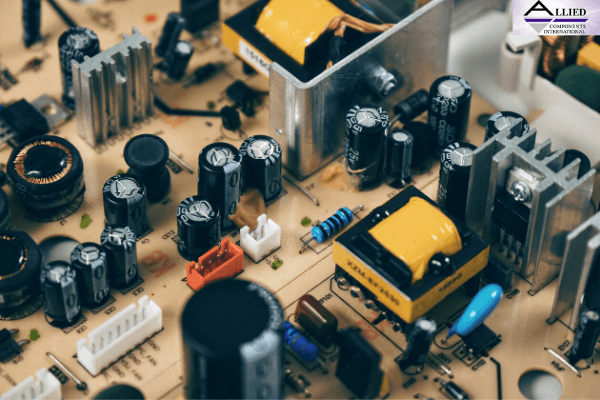Understanding Capacitor Leakage Current and How to Reduce It

Capacitors, which are components on a circuit board that store electrical energy in an electric field, are among the most common parts in electronic equipment. When energy leaks from these devices it is called "capacitor leakage." Here's a brief look at what happens with a leakage which threatens to shorten the device's life span.
Understanding Capacitor Leakage
In order for electronic components to operate at the optimum level, it's important to operate within the voltage rating and capacitance value. This principle can make a difference in the amount of energy loss, as a low leakage capacitor is related to the device's insulation resistance. In other words, the more insulation a component has, the less likely it will leak.
Ceramic capacitors are often the solution for filtering machine noise and are able to supply energy when power disruptions occur. Thin dielectric layers, fine particles and precise lamination help increase capacitance in tiny SMD cases, while thicker layers are necessary for a higher voltage rating. Boosting the voltage rating, therefore, improves insulation resistance while reducing leakage.
Also Read - Supercapacitors: Basics, Functionality, and Applications They’re Suited ForThe variables for maintaining capacitance at a certain level while reducing size are either reducing dielectric thickness, increasing the number of layers or using a hybrid of both methods. In general, reducing the capacitor size leads to an increase in leakage.
How to Respond to Capacitor Leakage
One of the reasons to calculate leakage current is to assess battery runtime. The four key factors that affect capacitor leakage current are dielectric layer, ambient temperature, storage temperature and applied voltage. The dielectric layer must be in good condition and capacitors must be stored at the proper temperature. Power must not exceed the rated voltage of the capacitor, which should be balanced in series connection.
Also Read - Via Configurations Can Be Used to Connect Decoupling CapacitorsBy analyzing the leakage current in a smart device, it's possible to install alternative components to prevent or reduce further leakage. This strategy extends the life of the device, which is significant due to the proliferation of self-powered and ultra-low-power IoT devices that are intended to last several years. Since capacitor leakage threatens to weaken these devices, it's recommended to periodically analyze capacitor leakage.


